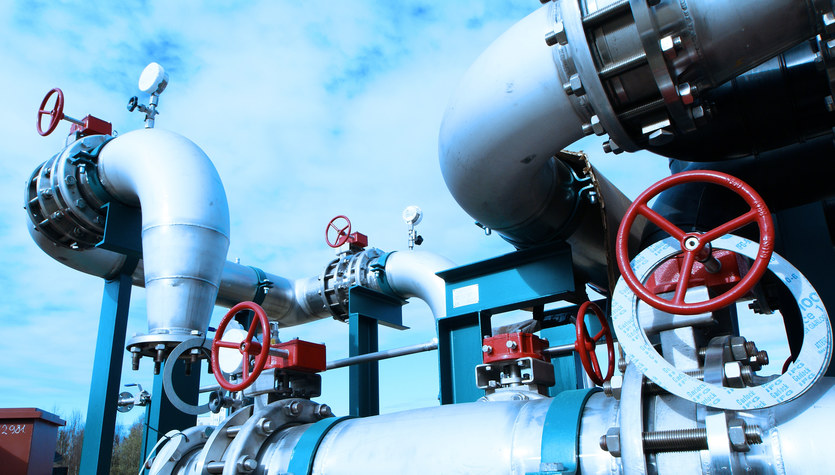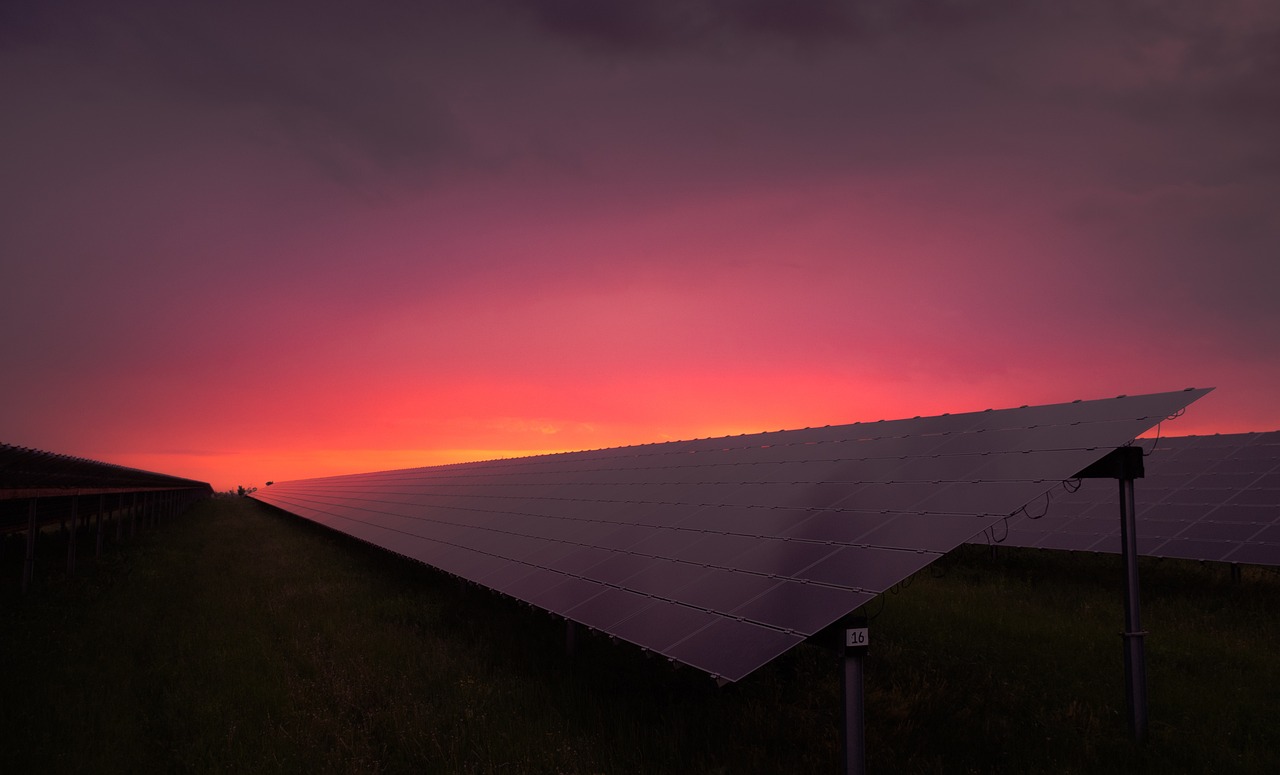European gas storage facilities have a capacity of 100 billion cubic metres. It is full in Great Britain, 99.5% in France, 99.7% in Denmark, 97% in Germany, and 92.5% in the Netherlands.
LNG carriers continue to travel to Europe. The stations are full and rows of ships await unloading off the coasts of Spain, Portugal and Great Britain.
This week, the price of gas is down more than 70 percent. Compared to August. Large-scale purchases continued into the summer in preparation for the heating season. Much sharper than usual due to the fact that Russia opened the gas tap. Now the stores are full and the shopping spree is down.
LNG ships from the USA, Qatar and other countries, including … Russia, landed in Europe. Now pickup options are reduced and gas tankers are hovering around the coast waiting to be unloaded.
Decreased demand for gas led to lower gas prices. It even so happened that on Monday, for a while, some contracts were traded at a negative price – rates in the “hour-after” market reached 15 euros per megawatt-hour. This type of situation occurs when market participants are willing to pay additional amounts, so as not to have to receive raw materials.
Gas prices may also be affected by proposed regulations limiting blue fuel prices in the European Union, which market participants expect to be approved soon. In addition, demand has fallen – the European Commission recently announced that the demand for natural gas in Europe in August and September was 15 percent. Below the five-year average, which is in line with the European Commission’s target to reduce gas consumption.
There have already been cases where ships have deviated from their course to Europe and redirected deliveries to Asia in search of a better price there.
On Tuesday morning, natural gas in the Dutch TTF center in November contracts fell by 3.90%, to 95.3 euros per megawatt-hour, and in December contracts – by 2.97, to 131.75 euros per megawatt-hour. Contracts for the next year are more expensive, for January they amount to 138.3 euros per megawatt-hour, and in February – more than 142 euros.
Meanwhile, on the day of the Russian attack on Ukraine, February 24, gas at the Dutch TTF center cost more than 128 euros per megawatt-hour, and at the peak of the bid it exceeded 349 euros per megawatt-hour.
But this does not mean that the crisis is over. The market is unstable and this is unlikely to change any time soon. With the onset of cold weather, when stocks are taken from warehouses, raw materials will certainly become more expensive. The upcoming cold months in Asia may also be a driver of higher prices.
Monica Borkoska

Echo Richards embodies a personality that is a delightful contradiction: a humble musicaholic who never brags about her expansive knowledge of both classic and contemporary tunes. Infuriatingly modest, one would never know from a mere conversation how deeply entrenched she is in the world of music. This passion seamlessly translates into her problem-solving skills, with Echo often drawing inspiration from melodies and rhythms. A voracious reader, she dives deep into literature, using stories to influence her own hardcore writing. Her spirited advocacy for alcohol isn’t about mere indulgence, but about celebrating life’s poignant moments.







